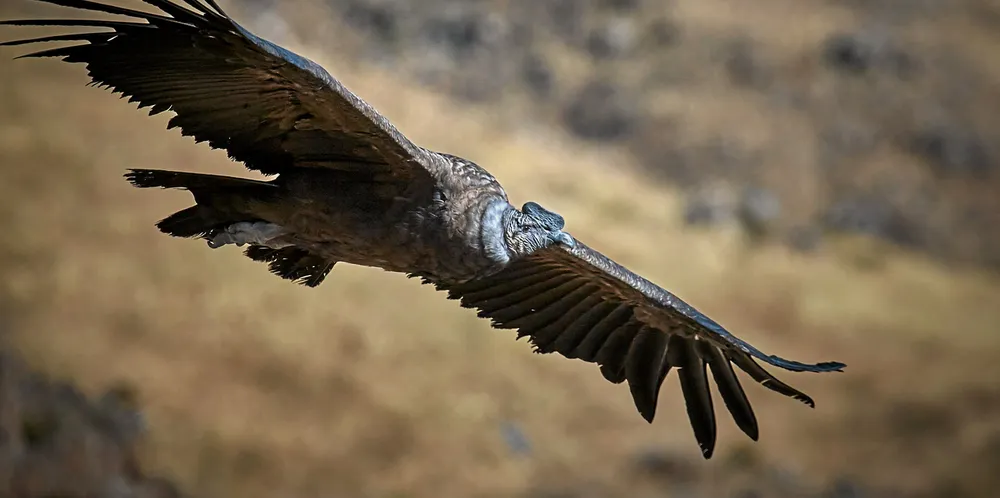Andean condor could hold key to sending wind turbine power output soaring
Adding winglets to turbines can help reduce air vortices that create drag on blades and result in loss of power

Adding winglets to turbines can help reduce air vortices that create drag on blades and result in loss of power
